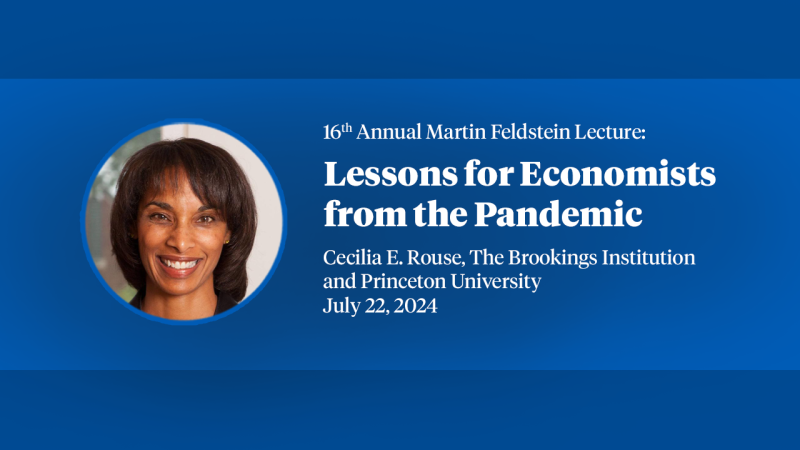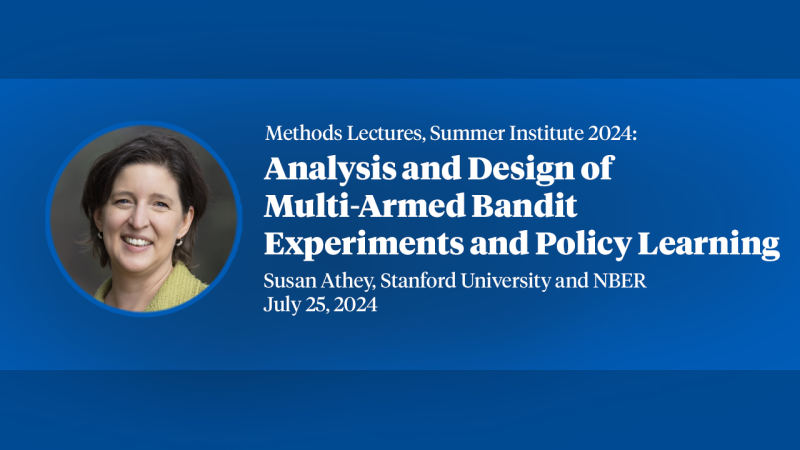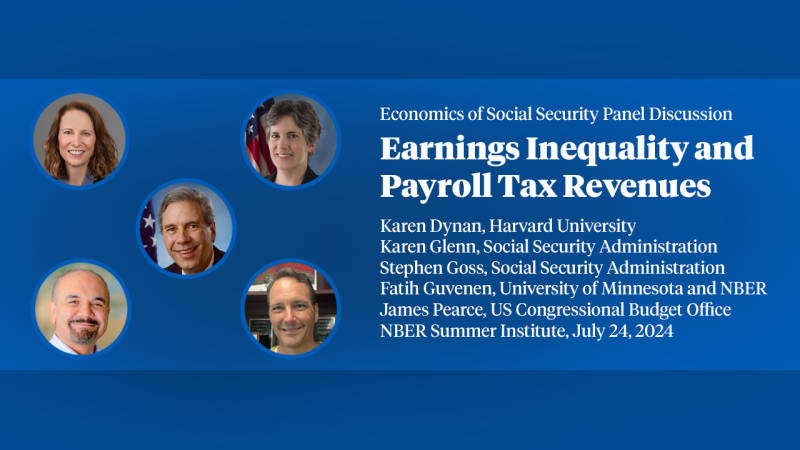Using Stock Price Movements to Estimate the Harm from Anticompetitive Drug Patent Litigation Settlements
Drug patent litigation settlements containing brand-to-generic “reverse payments” are a decades old antitrust concern that has been estimated to cost drug purchasers billions of dollars per year. Most estimates of the harm rely on the Federal Trade Commission’s calculation that such payments delay generic entry by 17 months, which is based on 15-20-year-old data. This paper takes a different approach, using stock price movements to quantify the harm. Costs to purchasers from an anticompetitive agreement are approximately equal to the brand firm’s increase in profits. If new profits are capitalized into stock prices, the change in value upon a settlement announcement can be used to estimate the new profit flows. We assembled a list of 64 settlements announced during 2014-2023. Although the announcements did not describe explicit forms of reverse payment, 16 announcements described terms that may transfer value to the generic firms. We classified these settlements as having an indication of reverse payment. Consistent with prior research, settlement announcements with no indication of reverse payment had no significant effect on the stock prices of brand firms implying that they tended to meet traders’ expectations. Stock prices increased by approximately 3.5%, on average, after settlements with indication of reverse payment, implying they increased brand profits by delaying generic entry. We estimate that these increases correspond to a total increase in purchaser spending of $2.9-$3.0 billion per year. Because our sample is not a full census of settlements, the industry-wide increase in spending may be closer to $7 billion per year.


